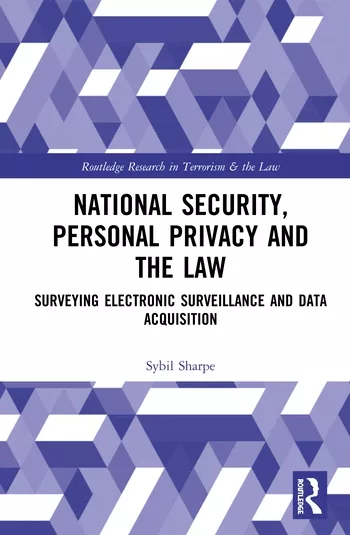Security in the Outfield
At Citi Field in New York City, Technology and Personnel Team Up for Threat Detection

The new Day of Game Command Room overlooking Citi Field helps John McKay, Executive Director of Security for the Mets and Citi Field, and Sara Bollock, Director of Ballpark Operations, maintain situational awareness during baseball games, concerts and other events at the ballpark.

Eleven video surveillance cameras equipped with facial recognition check fans against a blacklist of banned visitors as they enter Citi Field through the rotunda.

At Citi Field in New York City, various stakeholders (including concessions, law enforcement, EMS and ballpark operations) team up with security to ensure everyone is on the same page on game day.
As fans begin to trickle into Citi Field in New York City, home of the Mets, a room behind center field is already on full alert, monitoring for potential risks that could affect fans, players, employees and property.
The Day of Game Command Center is fully staffed on game days with representatives from emergency medical services, the NYPD, the Fire Department of the City of New York (FDNY), the parking company, the concessions company, ballpark operations, and the security supervisor and security interns. Together, they overlook the field, monitoring and communicating regularly throughout the game. But the process of game day security begins long before the gates open.
Every game day at 3:30, these stakeholders meet to go over the plan of the day – including what promotions are going on and whether any VIPs are attending – and that intelligence is passed down to the main force of ballpark employees.
From there, security blends both personnel and technology to secure fans and players during the game. Facial recognition technology is deployed through 11 cameras at the main fan entrance, and faces are checked against a blacklist. If the camera detects a “Do Not Admit” – someone who has been arrested onsite before for fighting, larceny or assault, for example, and banned from future Citi Field events – the security operator calls down to the officer at the entrance to approach the person, ask for his or her ID, and if they match the blacklisted person, the matter is handed over to the NYPD as a trespassing violation.
Operators in the Day of Game Command Center are also monitoring social media using Babel Street, checking for tweets or posts from within a geo-fence around the Field. While many users have become more cautious about posting potential malicious activity over social media – either staying quiet or moving their accounts to “private” – this monitoring still helps security stay aware of potential field invasions or runners, and it helps when it comes to guest services, says Sara Bollock, Director of Ballpark Operations.
Fans might tweet directly to the Mets when there’s a rowdy or intoxicated fan in their section, or if there’s a maintenance issue. Monitoring social media through the Command Center allows operators to catch those issues more quickly, respond to the fan in question, and deploy appropriate resources.
“We can’t control fan behavior, but we can monitor fan behavior and put resources on it before something happens,” says John McKay, Executive Director of Security for the Mets and Citi Field, which is SAFETY Act Certified.
The Citi Field team practices for emergencies and other events through tabletop exercises and full-scale exercises, partnering with FEMA and FDNY to run through a variety of eventualities, such as evacuations and drone attacks.
The Day of Game Command Center also monitors the field’s 187 surveillance cameras and 115 doors and card readers through the Genetec Command Center platform. Previously, the security system had separate access and video management platforms, which handicaps security when a speedy response is needed, Bollock says.
In addition, the Genetec system is integrated with Live Earth, which forms an interactive map of the ballpark and its surrounding area that combines traffic information, camera locations and more, giving operators a more comprehensive, intuitive view of the scene.
The system also includes weather patterns and sends weather alerts, and it can show delays on public transit such as subways.
If a subway line is delayed before a game, for example, Citi Field staff can change its staffing plan at entrances to be prepared for a late rush of fans once the trains get back up and running. After a game, if a line is blocked, announcements could be made to let fans know to take their time leaving, so the subway platforms next to the stadium don’t get overcrowded as people wait for trains.
Looking for a reprint of this article?
From high-res PDFs to custom plaques, order your copy today!






